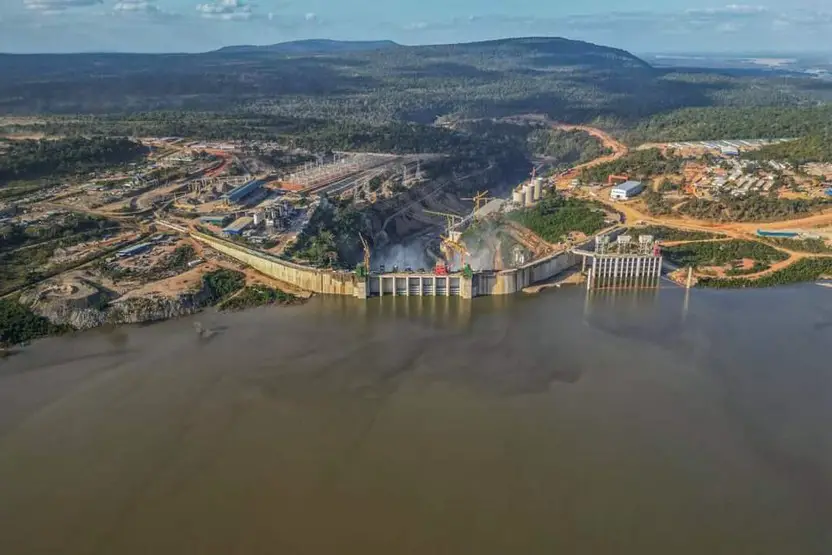The government of Tanzania is currently set to make activation of the second turbine of the Julius Nyerere Hydro-power Plant (JNHPP) by the end of the month of April, despite the challenges that were brought forth to the project that arose due to the overflowing water levels.
In the month of February, Tanzania switched on the first turbine of the 2115MW Julius Nyerere Hydropower Plant. The turbine (no. 9) has a capacity of 235MW and has been supplying energy to the country’s grid. The plant is located near the Stigler’s Gorge Area, on the Rufiji River, about 230 km southwest of the capital Dar es Salaam.
Tanzania Electricity Supply Company (Tanesco) revealed to The Citizen that there were trials that were currently being conducted, which when finished the second plant that is also referred to as plant number eight will then be activated.
“We are currently done with all the dry tests, and even wet tests, which involve rotating the machinery, are currently going on. Thereafter, the electrical tests will be done therefore paving way for activating the second unit of the plant,” sated Mr. Kenneth Boymanda who holds the position of the director of eastern region of Tanzania Electricity Supply Company.
It was also noted that they were forced to halt the trials as a result of an influx that was brought about by the overflowing water in the hydropower plant. The Tanzanian government is pushing the project towards its completion which will generate an energy capacity of 2,115 megawatts once it is complete.
Capacity of the Julius Nyerere Hydro-power Second Turbine
In the previous month, the hydropower project started contributing approximately 235 megawatts to the national grid, which cut significantly power rationing in the country. Power rationing in Tanzania is expected to be totally done away with once the second turbine becomes operational and connected to the national grid. According, to statistics, the second turbine is expected to generate an energy capacity of 235 megawatts.
Significance of the Project
The Tanzanian government has maintained its commitment to the hydro power project and highlighted its great potential of bringing electricity power that is currently very much needed in Tanzania.
Just recently, the deputy Prime minister who also holds the position of minister of energy in the country, Mr. Doto Biteko, stressed on the efforts of the government to ensure that all the upcoming hydroelectric power projects in Tanzania are in accordance with the water sustainability [principals in the country.

Having a total of nine turbines, the Julius Nyerere Hydropower Plant is expected to transform the energy landscape of Tanzania as a country and therefore leading to a potentially surplus production of electric power that shall pave way for further economic growth and development in the future.
Also read: Julius Nyerere Dam 94 Per Cent Complete, Set to Start Power Generation in February 2024
Grand Ethiopian Renaissance Dam (GERD) 94% Complete; Last Concrete to be Poured in September 2024
The Mega US$4.5 Billion Batoka Hydro-power Project Commencement Set for 2025
The Mega US$5 Billion Batoka Hydropower Construction Contract to be Retendered
